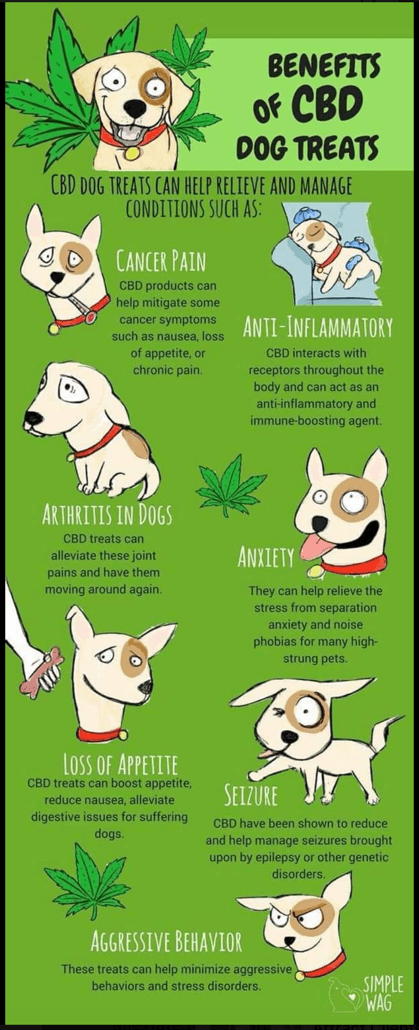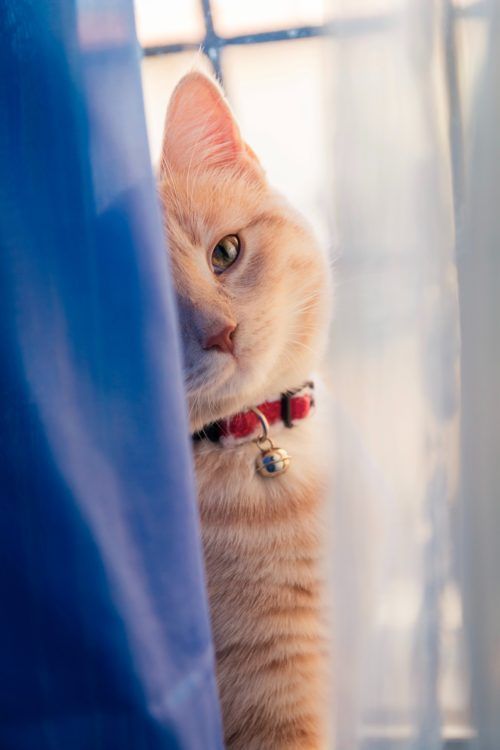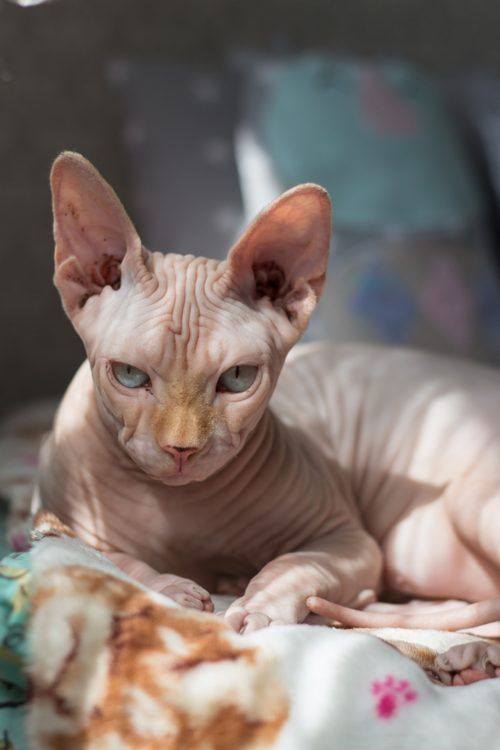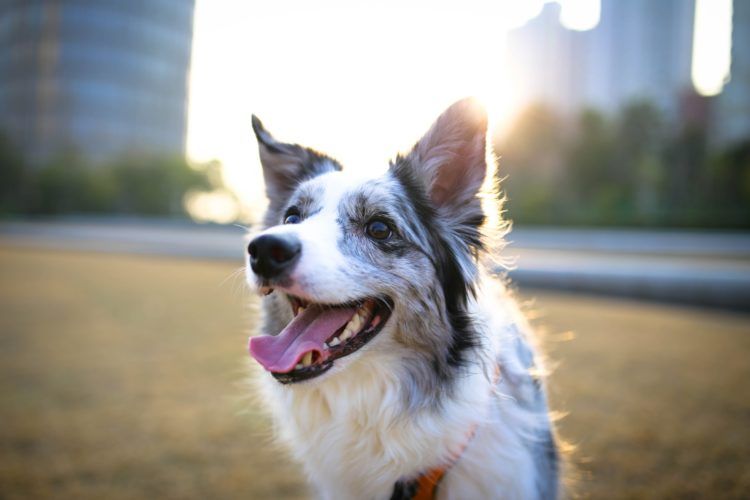Have you been following the CBD wellness news?
 It can be hard to get past the hype. It seems like CBD is taking over the world!
It can be hard to get past the hype. It seems like CBD is taking over the world!
It’s in gummies, infusing everything from chocolate to drinks to beer. It’s in pet food and treats! It’s in shampoos, scalp treatment, sunscreen and skincare. There’s plenty of scientific support for its positive effects and a ton of anecdotal evidence and testimonials to support the band wagon.
But some folks don’t seem to get relief. They try it and think it doesn’t work for them and they wonder what they’re missing.
Here’s what you need to know.
There are 3 important deciding factors that contribute to CBD’s efficacy. By order of importance, they are: quality, consistency, and delivery method.
- Many CBD products are formulated with cheap CBD isolate. Isolates lack the cohort of specific flavonoids, terpenes and secondary cannabinoids. These are the key to absorption and optimal results.
- Your digestion processes can prevent CBD from working as well as it should. If you can’t assimilate it or it the good stuff is negated by sugar or other substances, then you won’t get the results you’re looking for. Those cute candies and gummies and chocolates maybe tasty — and expensive too — but probably won’t help you much.
- Although the results can seem magical, CBD is not an instant cure-all. It takes time to load your cells and build up your system with daily, consistent usage. You also need the right dose for your condition. If you’re taking too low a dose, then it’ll take a lot more of it to make a difference. Using a vape pen can provide noticeably fast relaxation and clarity, but as you’ve likely seen in the news, sometimes vape pens go wrong with disastrous results. Taking the oil is much safer in my opinion.
Here’s how can you get the best out of CBD Oil:
- Seek broad-spectrum CBD instead of CBD isolate (see note below). This includes the botanical good stuff naturally produced by the hemp plant but without the psychoactivity of full-spectrum cannabis or smoking/ingesting marijuana. CTFO’s CBD oil is Broad Spectrum and triple lab tested for purity – it’s our favorite CBD oil for people AND pets!
- Quick start the process by swishing the CBD Oil around in your mouth for at least 30 seconds before swallowing. This helps it enter the body’s systems rapidly for best effects. The tissues of the gums and inner lining of the mouth are permeable tissues and can help the CBD absorb directly into the bloodstream. The advantage is to bypass the digestive breakdown.
- Speaking of permeable tissues, if you’re a woman who suffers from menstrual problems or pelvic pain, many women have discovered the power of CBD for relief! Myself included.
- Take your CBD daily. Daily use helps it build up in your system, gently soothes systemic inflammation in the body and boosts your body’s feel-good neurotransmitters. I take mine before bed at night. It helps me sleep and after being a lifetime insomniac, that’s a really good thing. My body can also heal and regenerate better when I’m sleeping and I waken refreshed and in a good mood ready to face my day. You can also take it symptomatically, when you’re stressed or anxious before an event that’s got you nervous or worried. Try it for two weeks and track your results.
NOTE: CBD Isolates are useful for people who could be drug tested though, so they have their purpose. The question is whether the isolates will work to give you the benefits or not. To answer that, you have to try it and see. Just be sure it’s a high quality, triple lab tested CBD Oil.
If you haven’t been happy with the results you’ve experienced so far, don’t give up. The right CBD Oil can be a valuable ally in the journey toward well-being.
After over a year of careful research, I personally use and recommend CTFO CBD Oil
Want some for you and/or your pet? Here’s how to get your CBD Oil, Pet CBD Oil/Chew treats and more for you and your pet from our friends at CTFO:
- First, you should know that this is a MLM company. Great news for anyone who’d like to earn commission from sales, but if you’re not in it for that? Not to worry. It really doesn’t matter if you promote it or not — it’s a great, high quality, forward thinking company dedicated to improving the well being on the planet for pets and people through amazing and well formulated hemp and CBD products. They have a wide variety of excellent products and continue to expand their line. You can buy retail straight from the site, or, I recommend setting up your account first so you can get 25% wholesale prices: https://learnhowtotalktoanimals.com/CTFOACCOUNTSETUP
- Next, shop for your CBD Products here, add them to your cart and process your order: https://learnhowtotalktoanimals.com/SHOPCTFO
- Note: If you’re concerned about passing a drug test for your job or whatever, then be sure to search for the “Isolate” versions (see note above). Isolates can still be effective, it’s worth a try. The company offers a full 60 day guarantee and as they say, you won’t know until you give it a go and see what happens.
- Finally, be sure to setup your autoship recurring order to get another 5% off along with regularly shipped product sent to your door just in time for when you need more. You can always edit your order anytime before it ships or cancel it entirely if you wish.
- Fully Guaranteed! The products are fully guaranteed for 60 days, so if you don’t love it, send it back and get your money back.
Questions? Email us at Support@ValHeart.com
Photo by Free Creative Stuff from Pexels
The post CBD Didn’t Work? Try These Tips… appeared first on Val Heart.
source https://valheart.com/cbd-oil-works-for-people-and-pets/
 So it’s confirmed. She is indeed allergic to your dog or more specifically, pet dander. The best thing you can do is vacuum the whole house thoroughly to pick up any dust, pet hair and dander from the ground. Do it daily or at least twice a week. While you’re at it, an air purifier would capture the stirred up pet hair and save you the time from re-vacuuming the same spot.
So it’s confirmed. She is indeed allergic to your dog or more specifically, pet dander. The best thing you can do is vacuum the whole house thoroughly to pick up any dust, pet hair and dander from the ground. Do it daily or at least twice a week. While you’re at it, an air purifier would capture the stirred up pet hair and save you the time from re-vacuuming the same spot. This means the dog cannot sit on a couch, bed or sofa as pet hair is very clingy to upholstery. Closed all bedroom door but do not cage him as dog needs activity space. If possible, consider letting your dog stay outside to minimize in in-flowing allergens.
This means the dog cannot sit on a couch, bed or sofa as pet hair is very clingy to upholstery. Closed all bedroom door but do not cage him as dog needs activity space. If possible, consider letting your dog stay outside to minimize in in-flowing allergens. If you’ve ever walked around your house, only for your cat to ram their head into your legs, they are showing their love for you! Head butting shows that your cat trusts you.
If you’ve ever walked around your house, only for your cat to ram their head into your legs, they are showing their love for you! Head butting shows that your cat trusts you.





